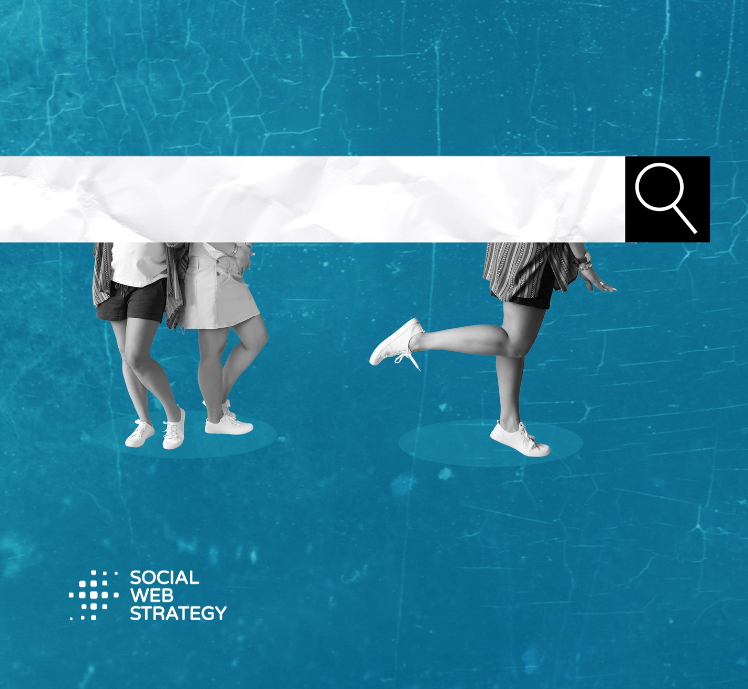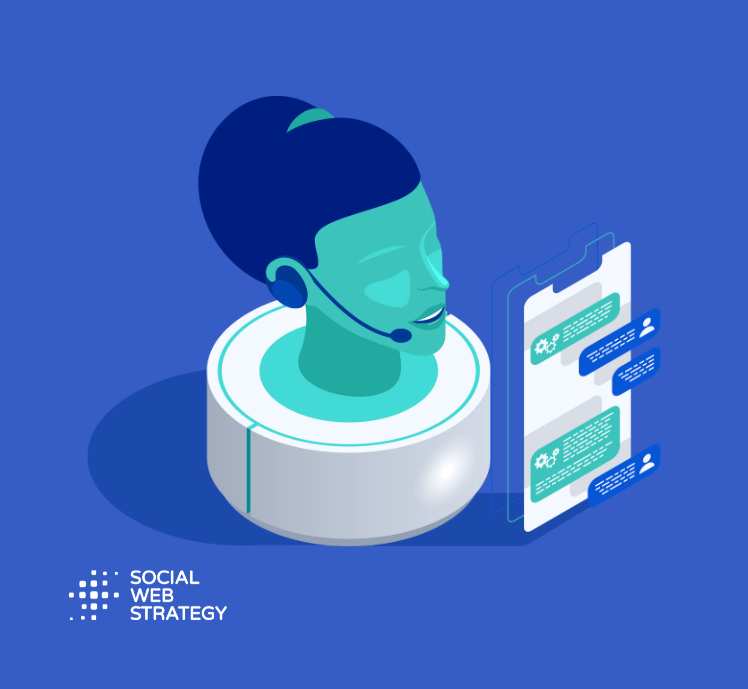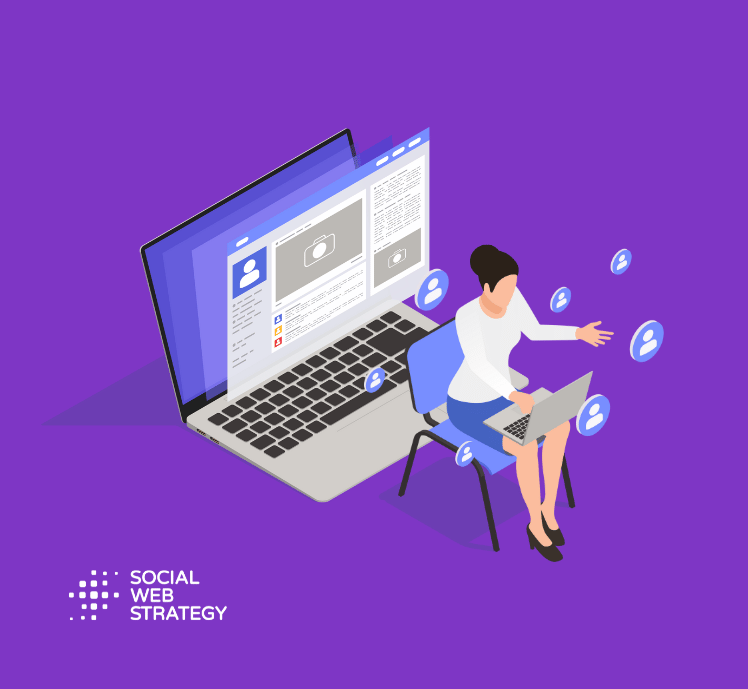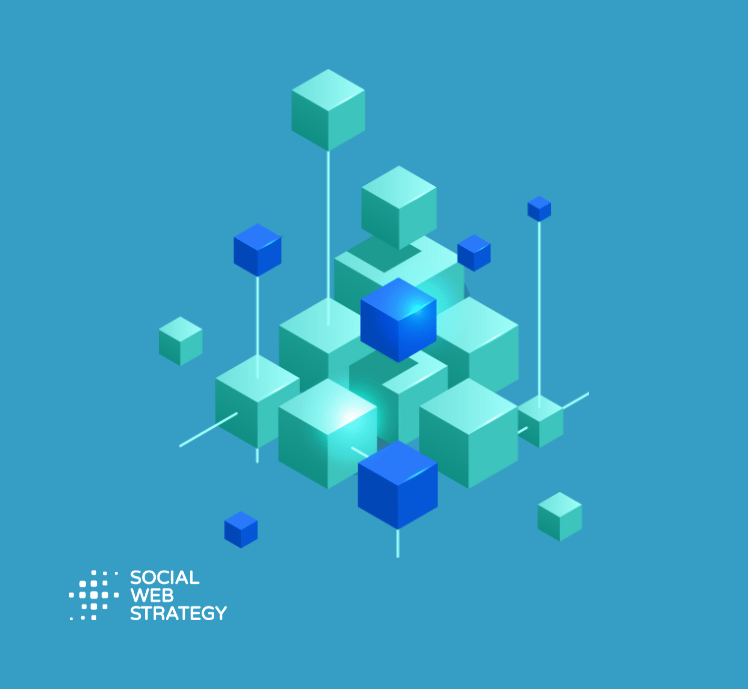Chatbots have revolutionised how companies engage with their customers, offering immediate responses to inquiries, personalised recommendations, and efficient problem-solving. These AI-powered conversational agents, capable of stimulating human-like interactions, provide real-time assistance to users across various platforms.
Nowadays, chatbot technology is transforming various industries. These conversational AI tools are more than just automated chat windows; they are transforming how businesses interact with their customers.
With the rise of artificial intelligence (AI), chatbots are becoming increasingly sophisticated, and their adoption is rapidly growing. In fact, Gartner predicts that a quarter of businesses will rely on chatbots as their primary customer support channel by 2027. Let’s delve into the key trends shaping this technology and explore how chatbots will continue to revolutionise the way we interact with businesses in 2024 and beyond.
What are Chatbots?
Chatbots are computers powered by artificial intelligence (AI) that stimulate human-like conversations with users through text or speech interfaces. They are designed to understand natural language inputs from users and provide relevant responses or actions. With emerging AI trends in 2024, chatbots can be deployed across various platforms, such as websites, messaging apps, social media platforms, and mobile applications.
These days, chatbots are more than just pre-programmed responses. They leverage advancements in artificial intelligence (AI), particularly natural language processing (NLP), to understand the intent behind your questions and respond in a natural, conversational way.
How Many Types of Chatbots Are There?
Chatbot applications in 2024 are designed to serve different purposes to meet specific needs. Here are some of the most common classifications based on their functionality and underlying technology:
1. Rule-Based Chatbots
They operate on predefined rules and patterns. They follow a set of instructions to respond to user input based on keywords or phrases. These chatbots are relatively simple and suitable for handling straightforward tasks, such as providing basic information or answering FAQs.
2. AI-Powered Chatbots
They leverage artificial intelligence and natural language processing (NLP) techniques to understand and respond to user inputs more refinedly. They can interpret user intent, context, and nuances in language, allowing for more conversational and personalised interactions. These chatbots are built on platforms like Dialogflow, Wit.ai, and IBM Watson.
3. Virtual Assistants
They are advanced AI-powered chatbots designed to perform a wide range of tasks and assist users with various activities. They can handle tasks such as scheduling appointments, setting reminders, providing recommendations, and conducting transactions. Popular virtual assistants, such as Amazon Alexa, Google Assistant, Apple Siri, and Microsoft Cortana, are examples of enterprise chatbots.
4. Transactional Chatbots
It focuses on facilitating transactions and completing actions, such as making reservations, placing orders, or processing payments. They are commonly used in the e-commerce, hospitality, and banking industries to streamline customer interactions and transactions.
5. Social Media Chatbots
These chatbots are integrated into social media platforms to engage with users, answer queries, and provide support. They can automate responses to messages, comments, and posts, enabling businesses to maintain active communication with their audience on social media.
6. Hybrid Chatbots
It combines rule-based and AI-powered approaches to provide a balance between simplicity and sophistication. They may utilise rule-based logic to handle common queries and switch to AI algorithms for more complex interactions, offering a hassle-free user experience.
The Most Common Use Cases of Chatbots
Chatbots have witnessed widespread adoption across industries, from retail and finance to healthcare and entertainment, owing to their ability to enhance efficiency, improve customer experiences, and drive innovation. Additionally, the future of AI bots empowers individuals to access information, accomplish tasks, and engage with services more conveniently and efficiently than ever before. Here are the most prominent and leading use cases of chatbots:
Customer Service
Chatbots have become indispensable in customer service, offering instant responses to inquiries and assisting with issue resolution. They enhance customer satisfaction by providing round-the-clock support, personalised interactions, and efficient problem-solving. By automating repetitive tasks and handling routine queries, chatbots in customer service have freed up human agents to focus on more complex issues, improving overall service quality and efficiency.
E-commerce Sales
The best e-commerce chatbots play a vital role in driving sales by offering personalised product recommendations, guiding customers through the purchasing process, and facilitating transactions. They provide valuable assistance to users, leading to increased conversion rates and revenue generation for businesses; even 90% of companies already use them. Chatbots streamline the shopping experience, making it more convenient and engaging for customers.
Marketing
Chatbots are transforming marketing strategies by enabling interactive engagement with audiences. They facilitate interactive campaigns, quizzes, and contests, fostering brand awareness and customer engagement.They also serve as virtual assistants during customer interactions, providing users with information, recommendations, and personalised experiences. Businesses can use chatbots to enhance their marketing efforts, build stronger relationships with customers, and stay ahead.
Banking
Chatbots in banking sector have revolutionised customer interactions by providing instant access to account information, facilitating transactions, and offering personalised financial advice. They streamline banking processes, such as account management, balance inquiries, and fund transfers, making them more convenient and accessible for customers. Chatbots also enhance security measures by providing real-time fraud alerts and authentication processes, ensuring the safety of users’ financial information.
Healthcare
Chatbots are reshaping the healthcare industry by improving patient care and streamlining administrative tasks. They facilitate appointment scheduling, medication reminders, and symptom assessment, enhancing the overall patient experience. Healthcare chatbots provide timely assistance, medical information, and guidance, helping users make informed decisions about their health. By leveraging AI-driven algorithms, chatbots can analyse medical data and provide accurate recommendations, ultimately improving healthcare outcomes and efficiency.
Social Media
Chatbots are transforming how businesses engage with their audience on social media platforms. They facilitate interactive conversions, respond to inquiries, and provide personalised recommendations, enhancing user engagement and brand loyalty. Social media chatbots streamline communication channels, allowing businesses to strengthen their online presence, cultivate relationships with customers, and drive conversions on social media platforms.
Personal Uses
Chatbots are not limited to businesses and industries; they also impact personal lives in various ways. From fitness apps that provide personalised workout plans and diet recommendations to virtual assistants, yoga poses, gardening tips that assist with daily tasks, and digital interactions, chatbots enhance convenience and efficiency in daily life. They offer personalised recommendations, reminders, and assurance, ultimately enriching the user experience and simplifying everyday tasks.
What Will Be The Future of Chatbots?
Roughly 1.5 billion people are using chatbots, and 87% of companies have decided to integrate chatbots to engage with their customers in real time. AI chatbots will revolutionise user interactions, transforming entire sectors and simulating human-like discussions. Deep data analysis-driven, evolving customer insights hold the key to a new era of tailored interactions that foreshadow chatbot tendencies. Let’s have a look at web bot future predictions:
1. More Like Humans
Future chatbots will aim to replicate human-like interactions, leveraging advancements in artificial intelligence (AI) and natural language processing (NLP). These chatbots will understand context, emotions, and nuances in conversions, leading to more engaging and personalised interactions with users.
Through continuous learning and adaptation, chatbots will evolve to stimulate human-like responses, enhancing user satisfaction and engagement. Advanced AI will allow them to understand your intent and respond naturally, adapting their tone and style based on the situation. Conversations will become smoother and more efficient, blurring the lines between human and machine interactions.
2. Integrations with Emerging Technologies
Chatbots will seamlessly integrate with emerging technologies such as augmented reality (AR), virtual reality (VR), and Internet of Things (IoT) devices. This integration will enable chatbots to provide more immersive and interactive experiences, expanding their utility beyond traditional text-based interactions.
Users will interact with chatbots through voice commands, gestures, booking appointments, and immersive environments in natural conversations, enhancing the overall user experience across various domains. Users will experience new convenience and efficiency as chatbots assist with tasks, ushering in a future where humans and machines collaborate.
3. Advancement in Architecture
Future chatbots will feature more sophisticated architectures, leveraging AI algorithms and cloud computing to deliver faster response times and easily handle complex tasks. It will also teach them to learn from past interactions, handle complex tasks, and adapt to new situations.
These advancements will enable chatbots to scale efficiently, handle increased user demand, and adapt to evolving requirements. Chatbots will deliver seamless and reliable performance across various platforms and devices by utilising distributed computing and parallel processing. With the passage of time, they offer relevant suggestions and continuously improve their responses.
4. Break Language Barriers
Chatbots will evolve to support multilingual interactions, breaking language barriers and facilitating communication, information access, collaboration, and accessibility for users worldwide. Advanced natural language processing (NLP) techniques will enable chatbots to understand and respond to queries in multiple languages, fostering inclusivity and enhancing global reach.
Users will be able to interact with chatbots in their preferred language, regardless of geographical location or linguistic background. This can open up global markets and opportunities for businesses and individuals alike. It will promote not only inclusivity but also cultural understanding.
5. Hyper-Personalisation
Chatbots will offer these valuable experiences by adapting users’ preferences, behaviours, and emotions. They will leverage voice recognition technology to understand and respond to voice commands, providing hands-free and intuitive interactions. Additionally, chatbots will incorporate emotional intelligence algorithms to detect users’ emotions and tailor responses accordingly, enhancing user satisfaction and engagement.
Remember, chatbots won’t just understand your words; they’ll understand you. Imagine a chatbot that can offer a supportive tone during a frustrating situation or inject some humour when needed, creating a more engaging and personalised experience.
6. Progression in NLP
Advancements in Natural Language Processing (NLP) will enable chatbots to understand and generate human-like language more accurately and fluently. These advancements will result in more natural and intuitive conversations, further blurring the line between human and machine interactions.
Chatbots will interpret complex query ideas, decipher slang and idiomatic expressions, and provide contextually relevant responses, improving the overall user experience and satisfaction. This will also lead to more efficient and helpful interactions. With this heightened linguistic capability, chatbots can precisely navigate the subtleties of human communication.
7. Industry Specific Chatbots
Chatbots will continue to proliferate across various industries, offering specialised solutions tailored to specific use cases and domains. These industry-specific chatbots will provide domain-specific expertise, tailored recommendations, and enhanced value propositions for businesses and users alike.
From healthcare and finance to retail and education, chatbots will revolutionise how organisations interact with customers, streamline processes, and drive innovations in their respective sectors. Imagine a healthcare chatbot providing symptom assessments, a finance chatbot offering personalised investment advice, or a legal chatbot guiding users through complex legal processes.
Summing Up
The future of chatbots is brimming with exciting possibilities. As AI and NLP continue to evolve, chatbots will become more sophisticated, blurring the lines between human and machine interaction. Chatbots are poised to revolutionise how businesses engage with customers and how individuals interact with technology. They hold the potential to enhance the customer experience, streamline processes, and drive innovation across countless sectors.
Frequently Asked Questions (FAQs)
How do chatbots work?
Chatbots work by using artificial intelligence (AI) and natural language processing (NLP) to understand and respond to user queries or commands in real time. They can be programmed to recognise specific keywords or phrases and provide pre-defined responses, or they can utilise machine learning algorithms to adapt and improve their interactions over time.
How do chatbots cater to specific needs?
Chatbots are programmed or trained to handle particular tasks or domains effectively, catering to specific needs. They can provide tailored responses and assistance based on user requirements, industry standards, or organisational objectives. By understanding the specific context and requirements, chatbots can deliver relevant and valuable support in various situations.
What is the main objective of chatbots?
The main objective of chatbots is to enhance user experiences by providing efficient, convenient, and personalised assistance. They aim to streamline interactions, improve customer satisfaction, and drive business outcomes by automating processes, reducing response times, and delivering relevant information or services in a timely manner.
Can chatbots be integrated with existing business systems and applications?
Chatbots are designed to integrate seamlessly with various business systems and applications. They can be integrated with customer relationship management (CRM) software, e-commerce platforms, enterprise resource planning (ERP) systems, and other tools to streamline processes, automate tasks, and enhance overall efficiency.
How do businesses measure the effectiveness of chatbots in achieving their objectives?
Businesses can measure the effectiveness of chatbots by analysing key performance indicators (KPIs) such as response time, user satisfaction ratings, conversion rates, and cost savings. They can also gather feedback from users through surveys or analytics tools to identify areas for improvement and optimise chatbot performance over time.
What is the business objective of the chatbot?
Businesses may personalise their interactions with an infinite number of customers with chatbots, which can be scaled up or down based on demand and business requirements. Businesses have the capacity to simultaneously serve millions of individuals with proactive, human-like service.







